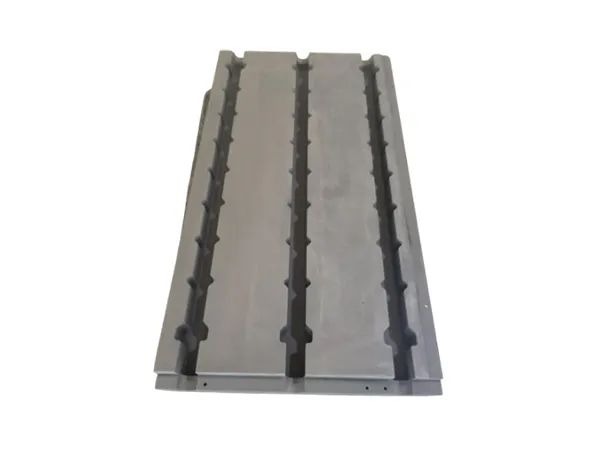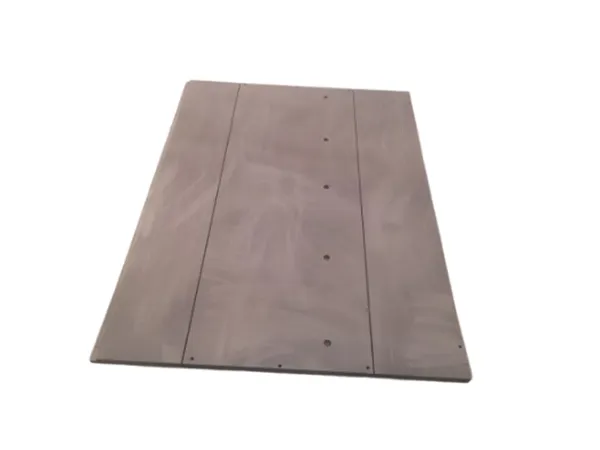Grafito juega una crítico role en calor tratamiento Hay muchos factores que afectan la vida del pendiente a es excepcional térmico estabilidad, máquina de hacer briquetas de carbón inercia, y excelente calor conductividad. Ampliamente usado en alto-temperatura hornos, grafito componentes—semejante como aislamiento tableros, calefacción elementos, y crisoles—ayuda mantener coherente temperatura control y asegurar una limpia tratamiento ambiente.
Grafito en función del tratamiento térmico

Componentes del horno & Accesorios:
Estabilidad de alta temperatura: El grafito puede soportar temperaturas muy altas (Sublimes a ~ 3650 ° C) sin derretir, haciéndolo ideal para revestimientos de horno, aislamiento, bandejas, barcos, rejillas, y accesorios utilizados para sostener piezas durante el tratamiento térmico.
Baja expansión térmica: Tiene un bajo coeficiente de expansión térmica, lo que significa que no cambia de tamaño ni de forma significativamente con los cambios de temperatura, evitando la distorsión de los accesorios o las piezas que sostienen.
Resistencia al choque térmico: El grafito puede soportar cambios rápidos de temperatura sin agrietarse, que es común en los ciclos de tratamiento térmico.
maquinabilidad: Se puede mecanizar fácilmente en formas complejas para accesorios personalizados..
Elementos de calentamiento:
Conductividad eléctrica: El grafito es un buen conductor eléctrico., permitiendo su uso como elemento calefactor de resistencia en hornos de vacío u hornos con atmósfera controlada. Se calienta cuando una corriente eléctrica lo atraviesa..
Alta emisividad: Irradia calor de manera eficiente, contribuyendo al calentamiento uniforme dentro del horno.
Susceptores (para calentamiento por inducción):
En calentamiento por inducción, Es posible que sea necesario calentar un material no conductor.. Se puede colocar un susceptor de grafito cerca o alrededor del material.. La bobina de inducción calienta el susceptor de grafito., que luego irradia calor al material objetivo.
Crisoles y Moldes:
Inercia química: El grafito es relativamente inerte y no reacciona con muchos metales fundidos o materiales tratados térmicamente., prevenir la contaminación.
No mojante: Muchos metales fundidos no “húmedo” grafito, facilitando la extracción de la pieza tratada o del material fundido de crisoles o moldes de grafito.
Conductividad térmica: La buena conductividad térmica permite calentar y enfriar uniformemente el contenido dentro de un crisol de grafito..

Atmósferas protectoras & Agentes carburantes:
Eliminador de oxígeno: En algunas aplicaciones, particularmente a temperaturas muy altas en un ambiente ligeramente oxidante, El grafito puede actuar como eliminador de oxígeno.
Reaccionar con el oxígeno para formar CO o CO2., protegiendo así la pieza de trabajo de la oxidación.
…
Para obtener información más detallada sobre el papel del grafito en el tratamiento térmico, haga clic para visitar: https://www.czgraphite.com/a/news/graphite-in-heat-treatment-role.html


